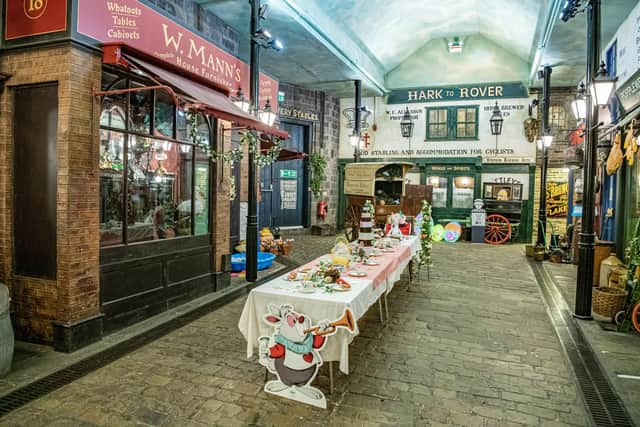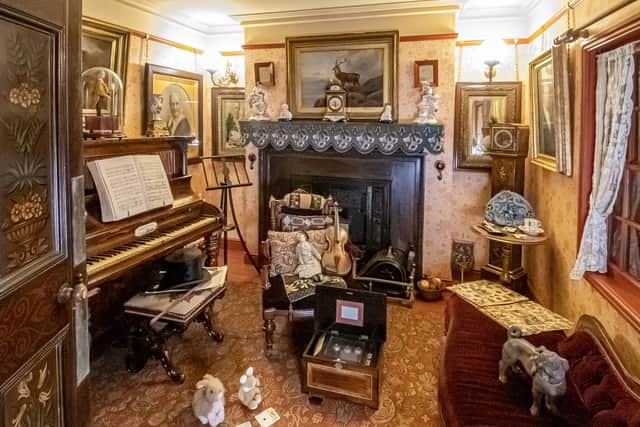Abbey House Museum: A journey back in time behind the scenes at one of Leeds' best kept secrets
Then, it could be off to the hardware store for a replacement gas lamp or copper bed pan, before checking that Leeds’ children are being properly educated by surveying a traditional lesson in a Victorian schoolroom.
All that shopping is thirsty work, so you’d be forgiven for making a quick stop in the Hark to Rover Inn where prices for a pint of mild are, of course, nowhere near their 2023 highs.
Advertisement
Hide AdAdvertisement
Hide AdIt’s not a journey back in time: but a jaunt to one of Leeds’ best kept hidden secrets, the Abbey House Museum in Kirkstall.


Nestled away from the city centre, it is perhaps not as well known as other “living history” museums in Yorkshire, which include Thackray Medical Museum near St James’ Hospital, and York’s Castle Museum which set off the trend for recreating Victorian street scenes when Kirkgate opened in the 1930s.
But visitors are rewarded not only with the charming street scenes - which include dressing up opportunities - but a look at the darker side of Victorian life with slums recreated on a second street, Abbey Fold.
The museum is situated in the old gatehouse of Kirkstall Abbey, which was home to a thriving community of Cistercian monks until the dissolution of the monasteries under the reign of Henry VIII.
Advertisement
Hide AdAdvertisement
Hide AdPurchased by Leeds City Council in the 1920s, it originally housed a collection of items related to folklore, before the Victorian streets were created in the 1950s.


In 2001, a major refurbishment saw the museum open up 12 new Victorian shops as part of a £1.5m uplift.
But the Victorian streets are not the only attraction at the museum.
Upstairs, visitors can find the Childhood Galleries: stuffed with toys, games and dolls from the 19th century through the decades.
Advertisement
Hide AdAdvertisement
Hide AdThere is also an impressive collection of automated penny slot machines, including one of its star attractions ‘Murder at the Museum’ made by Leeds sisters Alice and Eveline Dennison in the 1930s.
The sisters, who lived in Roundhay, helped pioneer the penny slot machine together with their father John, and were known for creating macabre scenes including a French Revolution reconstruction of an aristocrat meeting Madame Guillotine.
And new for 2023 is an exhibition focussing on Leeds’ sporting legacy: All to Play For.
A spokesperson said: “From giant vegetable growing to roller skating, All To Play For features professional and amateur sports, including some of the lesser known aspects of play that are popular today.
Advertisement
Hide AdAdvertisement
Hide Ad“Working with local clubs and players, the exhibition highlights the breadth and diversity of sporting activity in Leeds. It also takes a nostalgic look back at Leeds Children’s Day which was a highlight (or lowlight!) of the year for generations of Leeds schoolchildren.”